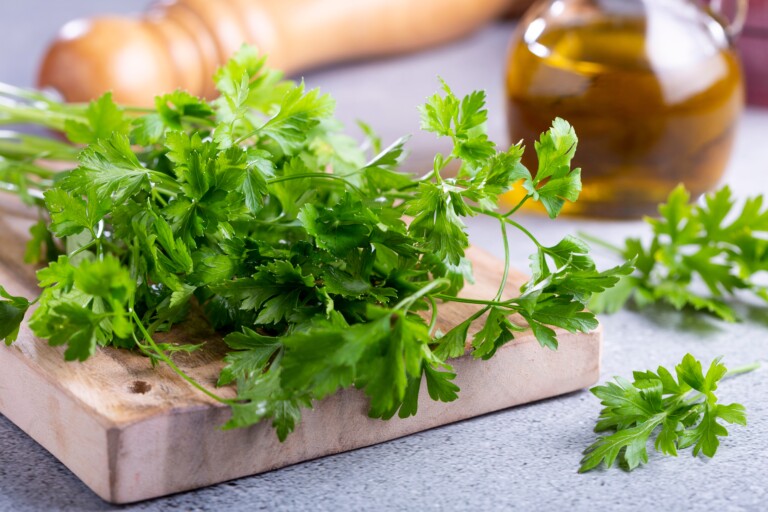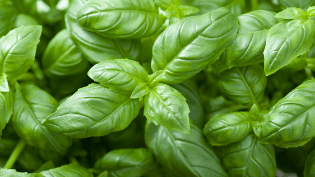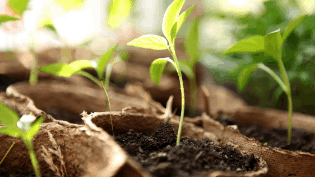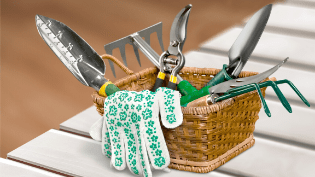Grow Dill from Seeds
Dill is an aromatic herb that is commonly used in pickling, as well as in a variety of dishes, including salads, soups, and stews. Dill is an easy herb to grow from seeds, and it can be grown indoors all year round. In this article, we will provide you with step-by-step instructions on how to grow dill from seeds indoors.
Growing dill from seeds indoors is a great way to have fresh dill available for use in your kitchen all year round. Dill is an easy herb to grow, and it can be grown in a variety of containers, including pots, trays, and even jars. In this guide, we will cover everything you need to know to grow dill from seeds indoors, including preparing the soil, planting the seeds, caring for the plants, and harvesting the dill.
Preparing the Soil for Planting Dill Indoors
To grow dill from seeds indoors, the first step is to prepare the soil. Dill grows best in well-draining soil that is rich in organic matter. You can use a commercial potting mix or prepare your own soil mix by mixing equal parts of garden soil, compost, and sand.
Picking the Right Container
While developing dill from seeds inside, picking the right container is significant. Dill doesn’t need an enormous pot to develop, however, it needs a pot with great seepage. You can utilize a ceramic pot that is something like 6 inches down and has a width of no less than 8 inches. Ensure that the pot has seepage openings at the base to permit an abundance of water to empty out.
Sowing the Dill
Once you have prepared the soil, it’s time to plant the dill seeds. You can either sow the seeds directly into the pot or start them in a seed tray and then transplant them into the pot once they have grown a few inches tall. If you choose to sow the seeds directly into the pot, make sure the pot is at least 6 inches deep and has good drainage.
If you choose to use a seed tray, fill the tray with moist soil, and sow the seeds on the surface. Cover the tray with a plastic lid or cling film to keep the soil moist.
Regardless of whether you sow the seeds directly into the pot or use a seed tray, you need to follow the same steps when planting dill seeds indoors.
Firstly, moisten the soil. Dill seeds need moist soil to germinate, so water the soil lightly before planting the seeds. Secondly, sow the seeds.
Sprinkle the dill seeds on the soil surface, making sure that they are evenly spaced. Cover the seeds lightly with a thin layer of soil. Thirdly, water the seeds. Use a watering can with a fine spray nozzle to water the seeds gently. Keep the soil moist but not waterlogged.
Germinating dill seeds usually takes 7-10 days. Once the seeds have germinated, it’s time to care for the plants.
In the next section, we will cover how to care for the dill plants to ensure they grow healthy and strong.
Caring for the Dill
When the dill seeds have developed, now is the ideal time to really focus on the plants to guarantee fruitful development. Right off the bat, give sufficient light to the dill plants.
Dill expects something like six hours of daylight daily to appropriately develop. As you are developing dill inside and don’t have normal daylight, you can utilize counterfeit lights to give the essential light. Furthermore, keep up with the right temperature for the dill plants.
Dill feels well in temperatures somewhere in the range of 60°F and 70°F (15°C and 21°C).
Make sure that the temperature is within this reach to try not to stunt the development of the plant. Water the dill plant regularly to keep the soil from drying out. Nonetheless, it is fundamental not to overwater the plant as this can prompt root decay.
Check the soil consistently and water the plant when the top inch of the dirt feels dry to the touch. Utilize fluid manure at regular intervals to take care of the plant.
Lastly, prune the dill plant to empower thick development. Squeeze off the tips of the plant whenever it has developed to a level of 6-8 inches. By following these basic steps, you can grow dill from seeds indoors and enjoy the fresh, fragrant flavor of this versatile herb.
Benefits of Growing Dill Indoors
There are many benefits to growing dill from seeds indoors. Here are some of the key benefits:
- Fresh dill available year-round: Growing dill indoors allows you to have fresh dill available for use in your kitchen all year round, regardless of the weather outside.
- Control over growing conditions: When growing dill indoors, you have complete control over the growing conditions, including temperature, light, and humidity. This can help to ensure that the plant thrives and produces a healthy crop.
- Cost-effective: Growing dill from seeds indoors is a cost-effective way to have fresh herbs available for use in your kitchen. Dill seeds are relatively inexpensive, and you can reuse the same pot and soil mix for multiple plantings.
- Easy to care for: Dill is an easy herb to care for, and it can be grown by novice gardeners. With the right growing conditions and care, you can have a healthy and productive dill plant.
Common Problems with Growing Dill
Dill, like any other plant, can be susceptible to certain problems during its growth. One of the common issues is damping off, a fungal disease that affects seedlings. To prevent damping off, it is important to ensure well-drained soil and avoid overwatering the seedlings.
Another problem that may arise when growing dill is the presence of aphids, small sap-sucking insects that can infest the plants. Controlling aphids can be achieved by spraying the affected plant with a mixture of water and dish soap or by using an insecticidal soap.
Powdery mildew is another fungal disease that can affect dill plants. It is crucial to maintain good air circulation and prevent overcrowding to minimize the risk of powdery mildew. If powdery mildew appears, a solution of water and baking soda can be sprayed on the plant, or a fungicidal spray can be applied. Additionally, dill plants tend to bolt, producing flowers and seeds, particularly in hot weather conditions. To prevent bolting, it is advisable to grow the plant in a cool location and avoid exposing it to direct sunlight for prolonged periods.
By being aware of these common problems and implementing the suggested preventive measures, you can increase the chances of successfully growing dill indoors from seeds and enjoy a thriving and healthy plant.
Culinary Uses for Dill
Dill is a versatile herb that can be used in a variety of dishes. Here are some culinary uses for dill:
- Pickling: Dill is commonly used in pickling, especially for cucumbers and other vegetables.
- Salads: Dill leaves can be added to salads to add flavor and aroma.
- Soups and stews: Dill leaves can be added to soups and stews to add a fresh, herbaceous flavor.
- Marinades: Dill leaves can be added to marinades for fish and seafood to add a fresh, herbaceous flavor.
Dill, apart from being used as a culinary herb, offers various health benefits. One notable advantage of dill is its positive impact on digestive health. It aids in digestion and is effective in alleviating common digestive problems like bloating and constipation. Furthermore, dill possesses anti-inflammatory properties that contribute to reducing inflammation within the body.
This feature makes it valuable in mitigating inflammation-related conditions. Additionally, dill exhibits antibacterial properties, allowing it to combat harmful bacteria present in the body. Thus, incorporating dill into one’s diet can bring about several health advantages.
Conclusion
Growing dill from seeds indoors is a fun and rewarding activity that can provide you with fresh dill for use in your kitchen all year round. With the right growing conditions and care, you can have a healthy and productive dill plant that produces fragrant leaves and seeds.
Remember to choose the right container, germinate the seeds properly, care for the plant, and harvest the dill as needed. With these tips and tricks, you can enjoy the many benefits of growing dill from seeds indoors or outdoors.





